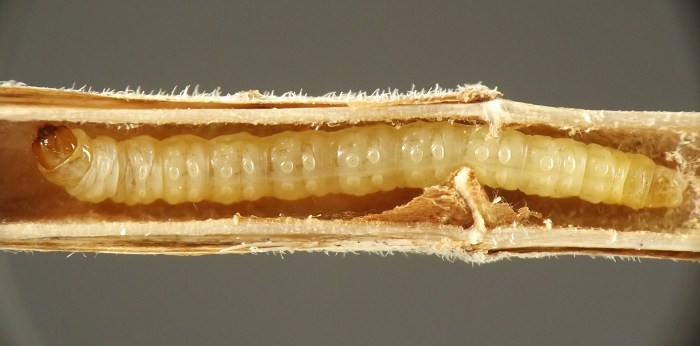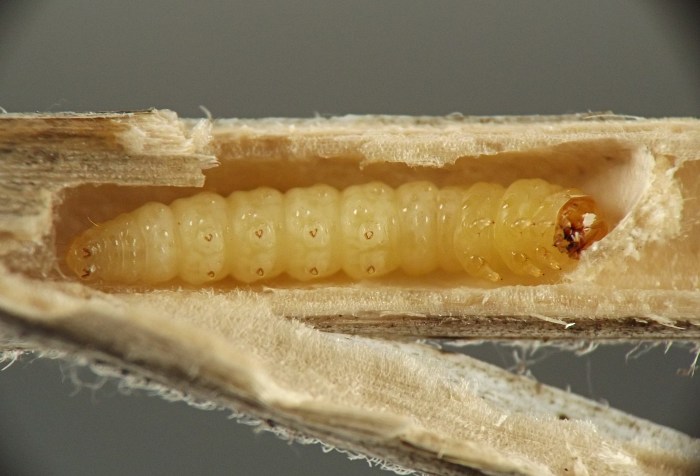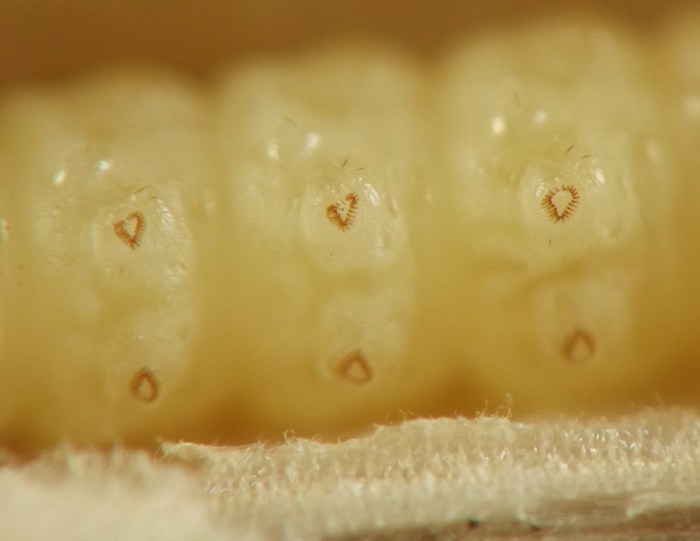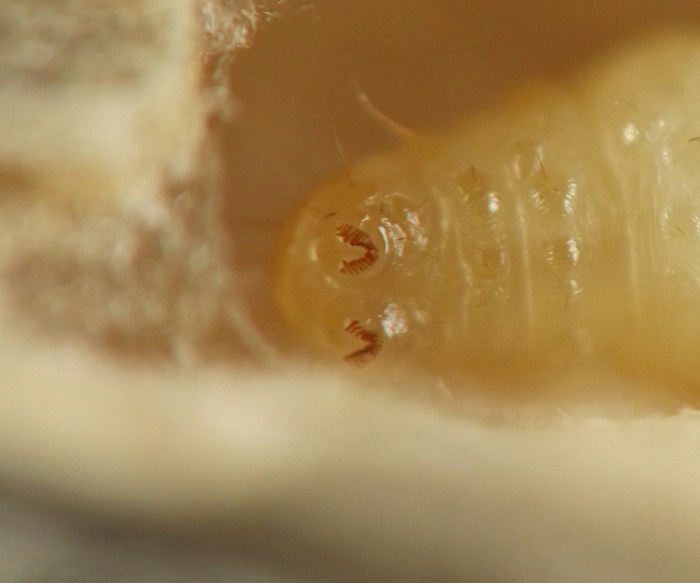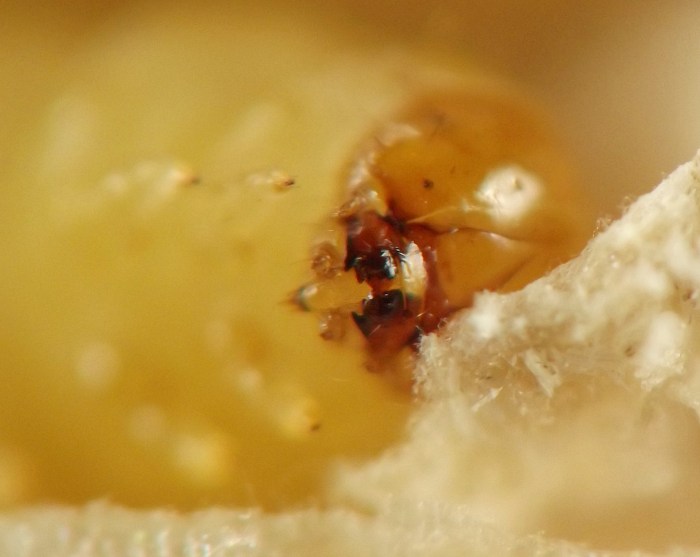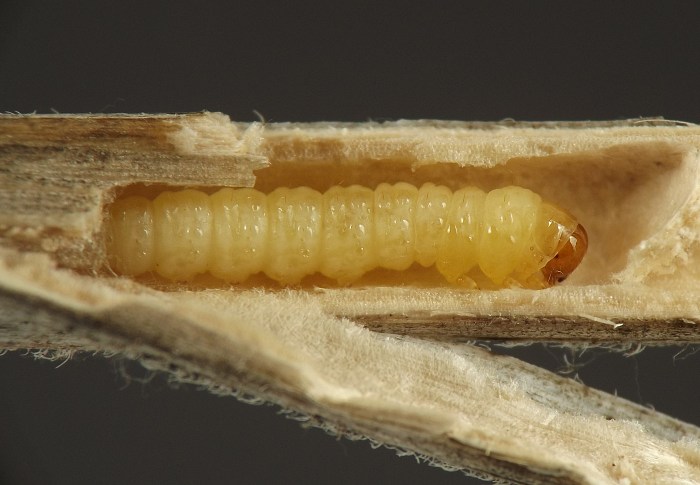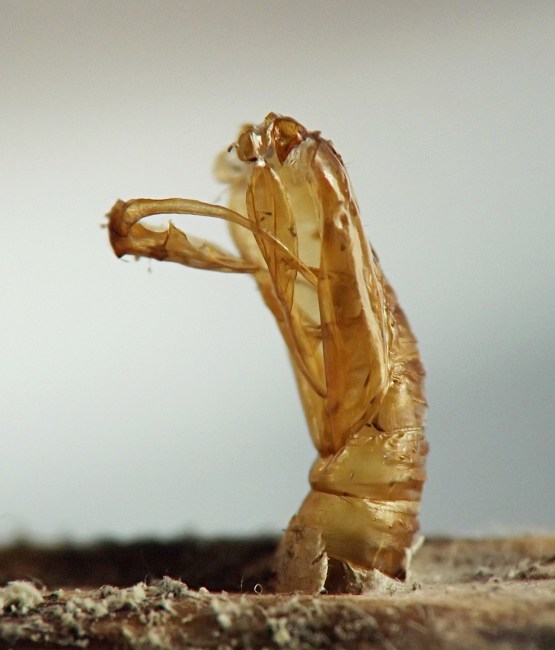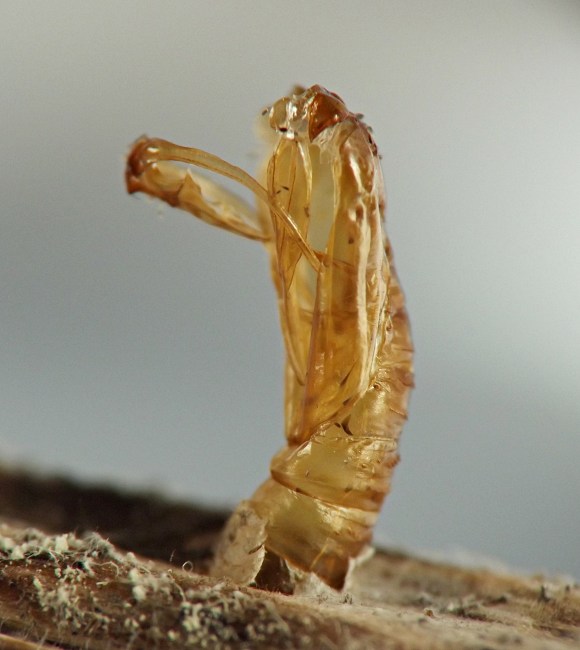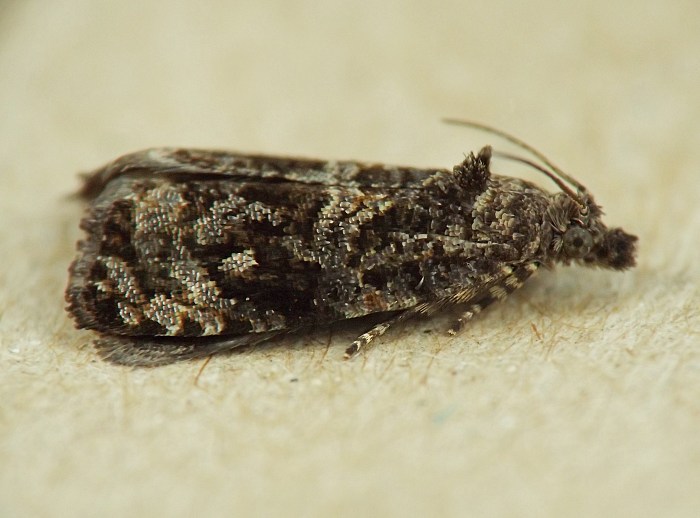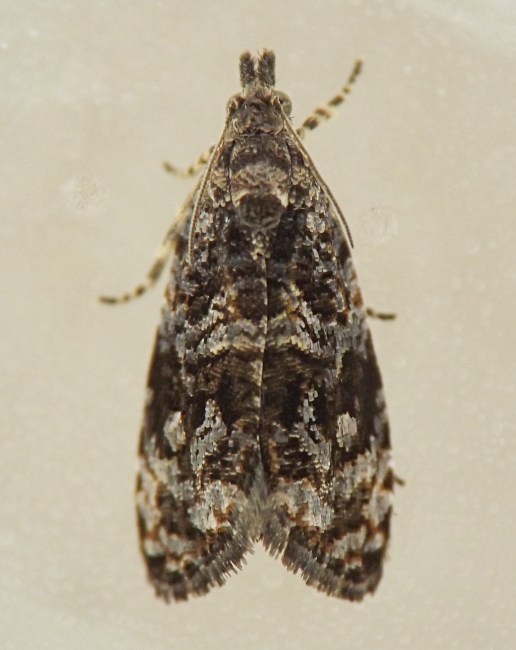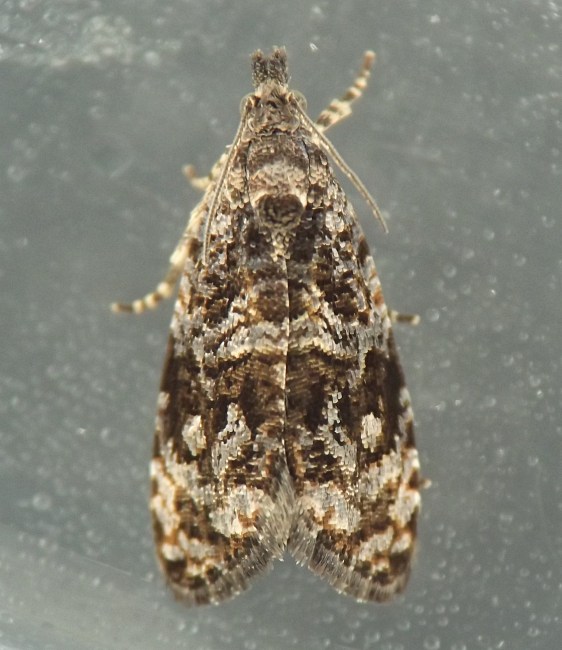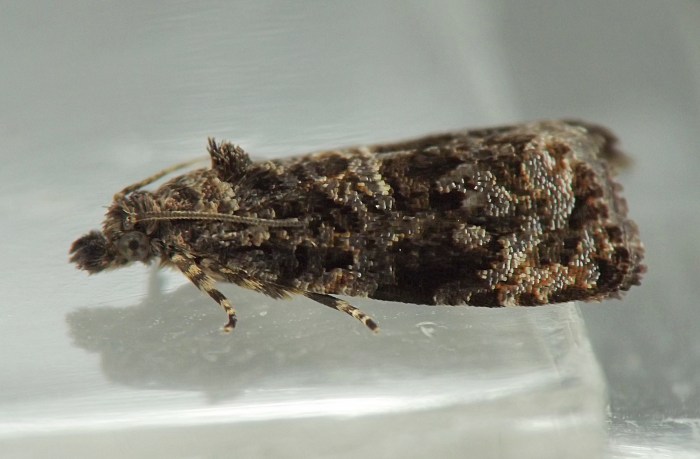Stem borer (Lepidoptera: Tortricidae) in Teucrium [0568]
| Order | Lepidoptera |
|---|---|
| Family | Tortricidae[T,L,P,A] |
| Lower taxon | undetermined |
| No. spp. involved | One confirmed |
| Feeding mode | Stem borer |
| Host plant | American germander, Teucrium canadense (Lamiaceae) |
Examination of upper stems affected by this borer will reveal large amounts of compacted frass filling the hollow stem interior, while the lower reaches of stem, also fed upon by the larva, show relatively little frass accumulation, suggesting the larva is purposeful about keeping the lower stem tidy and storing most of its frass in a "latrine" as high in the stem as possible. The larva feeds on the pith in the interior of the stem; in some cases, the available pith may consist of little more than a thin layer lining the inner wall of the hollow stem, in which case the larva feeds by scraping away this layer of tissue. The larva moves from internode to internode by tunneling through the thin wall of tissue at each node. It passes the winter in the lower portion of the dead stem close to ground level. In spring the larva pupates in the dead stem and adults emerge shortly thereafter. Larvae of the new generation may be active in living stems at least as early as mid-July, based on the finding in 2021 of a young caterpillar in the pith of a stem on July 15 (this larva was not photographed and is thus not shown in the images below).
Both Endothenia hebesana and E. nubilana have been previously reported from Teucrium (Hall et al. 2024; Lam et al. 2011; Miller 1983). The latter has evidently been reared from stems of Stachys and unspecified tissues of Teucrium (Lam et al. 2011; Miller 1983), while the former is known from fruits of numerous host plants (Miller 1983) but has also been observed tunneling in stems of certain hosts as part of the current study (J. van der Linden, unpublished data). However, the plumage of these two moth species, as imaged by Moth Photographers Group (2024b&c), does not appear to clearly match that of the adults reared from Teucrium in the current study. Also, overwintering larvae of E. hebesana observed in other hosts in the current study showed a different body color and a much darker head capsule than the larvae from Teucrium. The species-level identity of the present Teucrium borer remains undetermined.
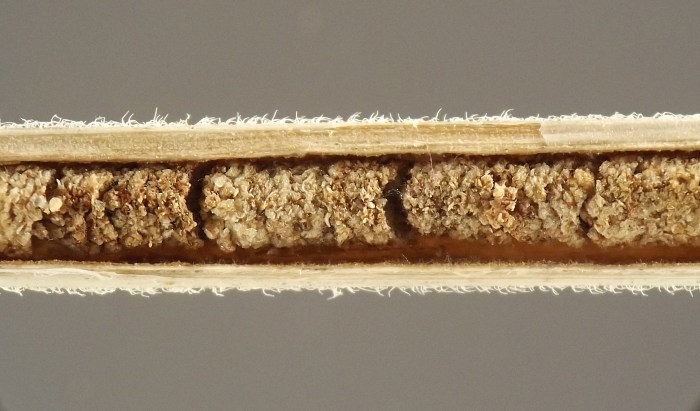
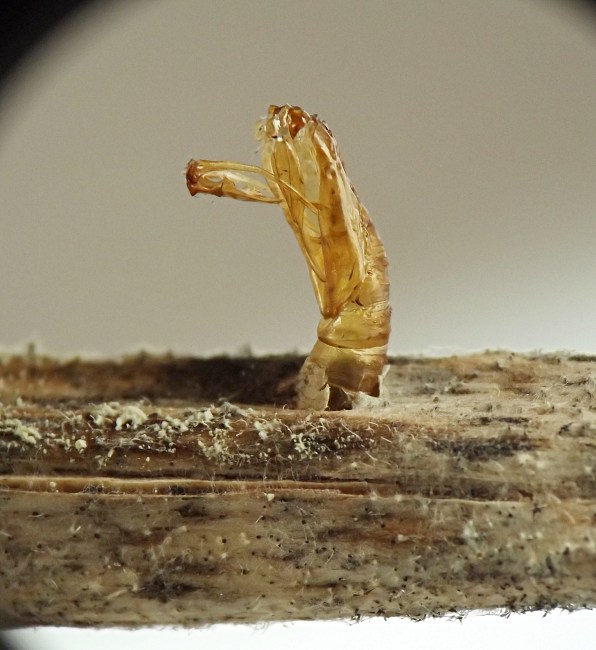
Specimen data for images
Coll. 02/18/23, photo same day (01); coll. 04/18/23, larva photo same day (02), adult em. 05/17/23, photos of adult on emergence day (11-14); coll. 05/10/23, photos same day (03-07); coll. 05/16/23, adult em. 05/28/23, photos of pupal exuviae on emergence day (08-10).
References
Hall, S.P., Sullivan, J.B., Petranka, J.W., Feldman, T., George, D., Niznik, J., Backstrom, P., and T. Howard. 2024. The Moths of North Carolina. Raleigh (NC): North Carolina Biodiversity Project and North Carolina State Parks. Retrieved November 19, 2024 from https://auth1.dpr.ncparks.gov/moths/index.php.
Lam, W.H.Y., Rota, J., and J.W. Brown. 2011. A preliminary list of the leaf-roller moths (Lepidoptera: Tortricidae) of Virginia. Banisteria 38: 3-37.
Miller, W.E. 1983. Nearctic Endothenia species: a new synonymy, a misidentification, and a revised status (Lepidoptera: Tortricidae). The Great Lakes Entomologist 16(1): 5-12.
Moth Photographers Group. 2024b. Endothenia hebesana (Walker, 1863). Retrieved November 19, 2024 from https://mothphotographersgroup.msstate.edu/species.php?hodges=2738.
Moth Photographers Group. 2024c. Endothenia nubilana (Clemens, 1865). Retrieved November 19, 2024 from https://mothphotographersgroup.msstate.edu/species.php?hodges=2743.
Page created 11/15/23. Last update: 11/18/24



